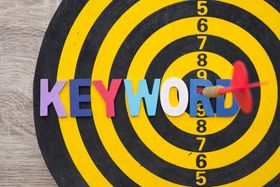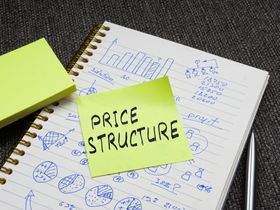How Much Does Amazon Take From Ecommerce Sellers?
Find out how much Amazon takes from sellers and whether or not it is even profitable to be a seller on Amazon.
Published October 25, 2022
What Percentage of Profit Does Amazon Take From Ecommerce Sellers?
Four factors influence your percentage profits: your chosen sales plan, Amazon referral fees, Amazon fulfillment fees, and other associated costs.
First, you need to establish your sales plan and whether you'll be selling your goods as an individual or as a professional. Individuals that sell less than 40 items per month, such as casual sellers, pay $0.99 per item sold. Professional ecommerce sellers that sell over 40 items each month, such as growing clothing brands, pay Amazon a monthly subscription fee of $39.
Amazon then adds a referral percentage fee for each sale made. Each item category has its unique percentage charges: you are charged between 8% and 45% based on the item category and the total sales price. Amazon also imposes additional selling costs: inventory, rental book service, high volume listing, and refund administration fees may apply in certain circumstances.
Furthermore, Amazon has sales fulfillment fees that vary between individual and professional sellers. In addition, whether you decide to ship your product yourself or use Amazon's logistics services further alters your profit.
Can Ecommerce Merchants Make a Profit From Selling on Amazon?
Per month, it's reported that:
- 22% make a profit of under $500
- 13% make a profit between $501 to $1,000
- 27% make a profit between $1,001 to $5,000
- 13% make a profit between $5,001 to $10,000
- 1% make a profit between $100,001 to $250,000 per month.
As such, it can be extremely profitable to sell on Amazon for small and growing businesses alike, but your profitability depends on how you set up your sales plan. Some sellers are losing money mostly due to poor sales plans. Other reasons include shipped damaged goods, bad reviews, insufficient stock, and inaccurate Fulfillment By Amazon (FBA) calculations.
Related Articles

How to Optimize Your Product Page Titles on Shopify for SEO
Brody Hall
February 10, 2023

The Best Way to Integrate and Sync Xero Accounting With Shopify
Brody Hall
June 13, 2021

Top Pricing Strategies for Your Shopify Store With Examples
Brody Hall
February 28, 2022

Harnessing the Power of Social Media and Influencer Marketing: Insights from Bang Energy
KeepShoppers Team
July 17, 2023

Test Mode vs. Live Mode in Shopify Explained: Key Differences
Jameela Ghann
November 7, 2023
